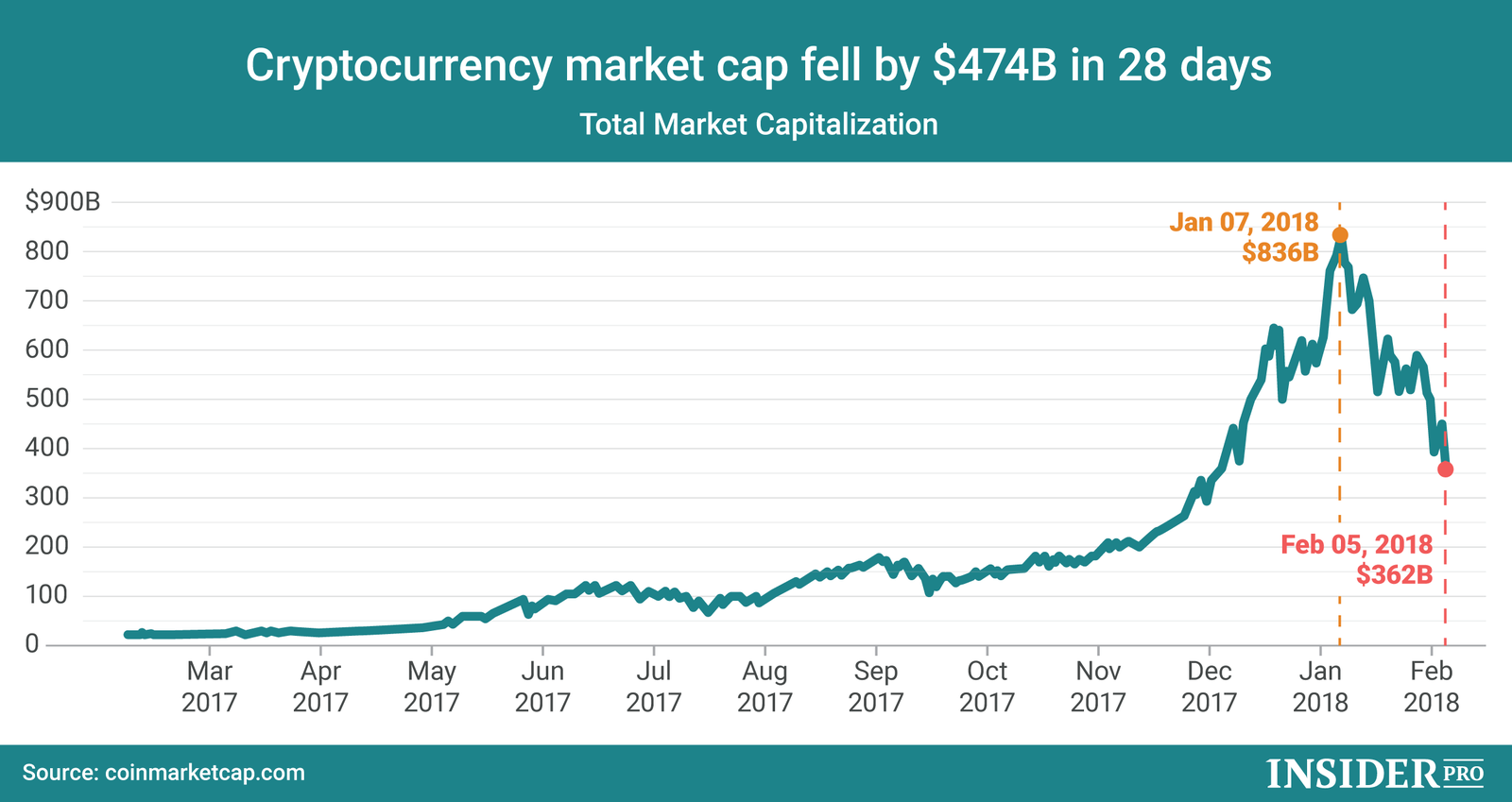13 May are all cryptocurrencies the same
- Are all cryptocurrencies mined
- Are all cryptocurrencies based on blockchain
- Do all cryptocurrencies use blockchain
Are all cryptocurrencies the same
TThe data at CoinMarketCap updates every few seconds, which means that it is possible to check in on the value of your investments and assets at any time and from anywhere in the world https://gcmvc.info. We look forward to seeing you regularly!
Play-to-earn (P2E) games, also known as GameFi, has emerged as an extremely popular category in the crypto space. It combines non-fungible tokens (NFT), in-game crypto tokens, decentralized finance (DeFi) elements and sometimes even metaverse applications. Players have an opportunity to generate revenue by giving their time (and sometimes capital) and playing these games.
In order to send and receive a cryptocurrency, you need a cryptocurrency wallet. A cryptocurrency wallet is software that manages private and public keys. In the case of Bitcoin, as long as you control the private key necessary to transact with your BTC, you can send your BTC to anyone in the world for any reason.
The two major categories of cryptocurrencies are Proof-of-Work and Proof-of-Stake. Proof-of-Work coins use mining, while Proof-of-Stake coins use staking to achieve consensus about the state of the ledger.

Are all cryptocurrencies mined
Instead of buying equipment, cloud miners rent computational power from a cloud mining provider. It’s a simpler way to start mining, but it comes with risks like scams or lower profitability. If you decide to try cloud mining, make sure to choose a reputable provider like Binance.
At this point, the candidate block becomes a confirmed block, and all miners move on to mine the next block. Miners who couldn’t find a valid hash on time discard their candidate block as a new mining race starts.
Last but not least, significant changes may happen at the protocol level. For example, the halving of Bitcoin can affect mining profitability as it cuts the reward for mining a block in half. In other cases, the process of mining can be replaced by other validation methods. For example, Ethereum switched completely from the PoW to the Proof of Stake (PoS) consensus mechanism in September 2022, which made mining unnecessary.
In a Proof of Work system, miners use sophisticated hardware and compete to solve complex mathematical puzzles, verifying transactions and adding new blocks to the blockchain. In return for maintaining the security of the blockchain, miners receive rewards!
The efficiency of the mining hardware is also a crucial factor in determining mining profitability. Mining hardware can be expensive, so miners must balance the cost of the hardware with the potential rewards it can generate. Another factor to consider is the cost of electricity; if it’s too high, it could outweigh earnings and make mining unprofitable.
Are all cryptocurrencies based on blockchain
Not all blockchains follow this process. For instance, the Ethereum network randomly chooses one validator from all users with ether staked to validate blocks, which are then confirmed by the network. This is much faster and less energy intensive than Bitcoin’s process.
For an overview into web3, we recommend Demystifying web3 which discusses what business leaders should know about web3, its potential, and what no regrets decisions you can make to prepare. Here are two more recommendations.
The settlement and clearing process for stock traders can take up to three days (or longer if trading internationally), meaning that the money and shares are frozen for that period. Blockchain can, in theory, drastically reduce that time.
All digital assets, including cryptocurrencies, are based on blockchain technology. Decentralized finance (DeFi) is a group of applications in cryptocurrency or blockchain designed to replace current financial intermediaries with smart contract-based services. Like blockchain, DeFi applications are decentralized, meaning that anyone who has access to an application has control over any changes or additions made to it. This means that users potentially have more direct control over their money.

Not all blockchains follow this process. For instance, the Ethereum network randomly chooses one validator from all users with ether staked to validate blocks, which are then confirmed by the network. This is much faster and less energy intensive than Bitcoin’s process.
For an overview into web3, we recommend Demystifying web3 which discusses what business leaders should know about web3, its potential, and what no regrets decisions you can make to prepare. Here are two more recommendations.
Do all cryptocurrencies use blockchain
A change in any data changes the hash of the block it was in. Because each block contains the previous block’s hash, a change in one would change the following blocks. The network would generally reject an altered block because the hashes would not match. However, a change can be accomplished on smaller blockchain networks.
Instead of having to outsource the idea of being able to trust in a transaction to banks and other intermediaries, blockchain puts trust out in the open by making everything visible. And because it is open and distributed, no single party on the network can exert undue control or influence on the ledger – or anyone attached to it.
Blockchain forms the bedrock for cryptocurrencies like Bitcoin. This design also allows for easier cross-border transactions because it bypasses currency restrictions, instabilities, or lack of infrastructure by using a distributed network that can reach anyone with an internet connection.
IOTA replaced the traditional blockchain-based distributed ledger with a so-called directed acyclic graph (DAG). The IOTA protocol operates with a DAG-based consensus algorithm which the IOTA team have termed Tangle. Though still in development, Tangle is eventually intended to work as a distributed ledger similar to blockchains, but with a unique twist. A trader who makes a transaction must confirm two random previous transactions. Each of these two will have validated two other transactions before, and so on. The end result is not that transactions are grouped into blocks and stored in a blockchain. Rather, it is a stream of individual transactions entangled together.
At the moment, not all DAG-based cryptocurrencies can be bought with fiat currencies like euros and dollars. Most exchanges that support these currencies only allow you to buy them using other cryptocurrencies, like bitcoins or ether. If you don’t already own cryptocurrency, you’ll have to buy some first through one of the relatively few exchanges in the world that allow you to buy cryptocurrencies using your everyday money.

